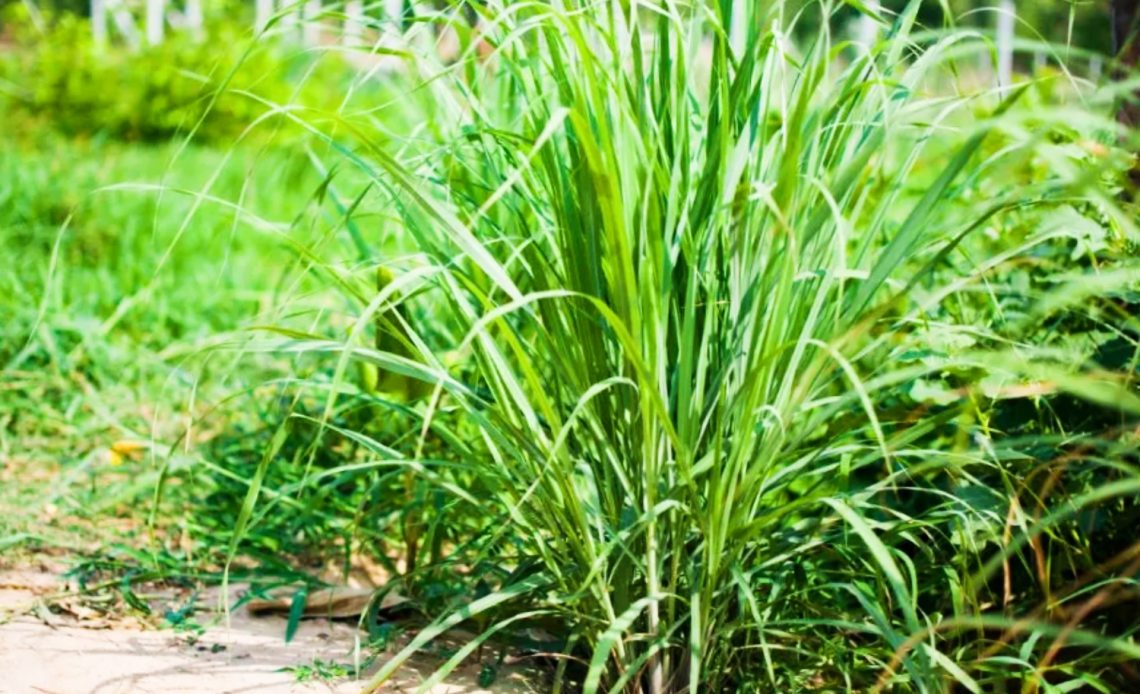

We’re here to help! Wild Yards is a completely free website that is 100% dedicated to helping you create a wildlife-friendly, sustainable yard. Read more
WildYards is reader-supported. When you buy a product through a link on our site, we may earn a comission. Every product is independently selected by our (obsessive) editors and our reviews are unbiased and objective. Read more about our mission or our privacy policy.
A fragrant herb with hints of citrus, lemongrass makes an excellent companion for a variety of plants because its foliage, which is rich in essential oils, helps repel pesky bugs. If you want to grow lemongrass in your garden to use in cooking and holistic home remedies, you may be wondering, what are the best lemongrass companion plants?
Lemongrass grows best with many other herbs, including mint, basil, and lemon verbena. This versatile perennial also pairs well with other plants that are popular for use as ingredients in home remedies, including ginger, marigolds, and echinacea.
What are lemongrass’s growing requirements?
Lemongrass grows best in full sun or morning sun with afternoon shade if you live in a particularly hot climate. While lemongrass is easy to maintain once established, it is not very drought-tolerant. This plant prefers soils that stay moist, but not muddy, and can grow up to 6 feet tall.
If you enjoy making your own home remedies, you can’t go without lemongrass. It’s chock-full of secondary metabolites, organic compounds which possess powerful antiviral and antibacterial properties. The secondary metabolites in lemongrass aid in detoxification and immune system function, and work to fight oxidation to support good health.
9 Best lemongrass companion plants
Lemongrass may or may not benefit from companion planting, but other plants benefit tremendously by growing in its presence. This herb’s pungent aroma is ideal for keeping garden pests at bay and can be harvested to make essential oils, which you can then use to create homemade bug repellents. If you plan to use lemongrass to make your own herbal remedies, be sure to grow it along with the following companion plants.
Mint
Lemongrass and mint share similar growing requirements. Both of these herbs grow well in partial sun in soil that stays moist, but not sopping wet. Because they have the same needs, they can safely be grown in the same space. Growing mint and lemongrass together as a border for your garden is a fantastic way to keep damaging insects out. Mint is a wonderful addition to any garden because its many nectar-rich flowers help attract bees, butterflies, parasitic wasps, and other pollinators, improving pollination rates and, thus, crop yield.
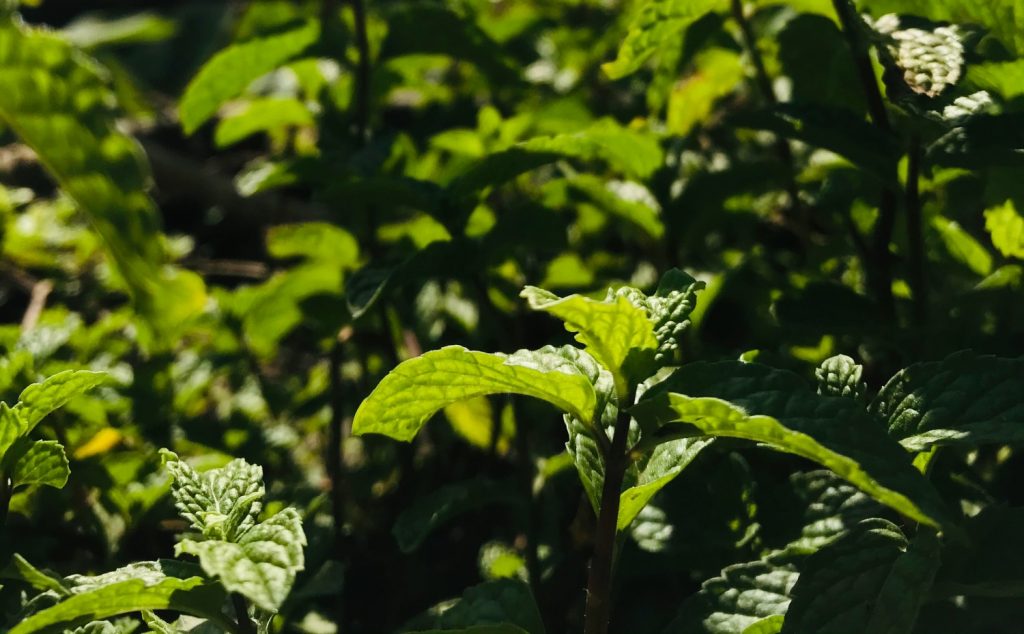
Echinacea
Like lemongrass, echinacea works to support healthy immune system function. It has powerful anti-inflammatory properties, working to heal and soothe whether you drink it as a tea or apply it topically to flesh wounds. Also known as coneflower, echinacea can fall prey to insects, including whiteflies, mites, aphids, and Japanese beetles. These tiny insects make short work of the plant’s tender new flower buds and can destroy your echinacea crop before you even get a chance to harvest anything. Growing lemongrass nearby helps deter these unwanted pests so your echinacea flowers can mature, giving you plenty to enjoy come harvest time.
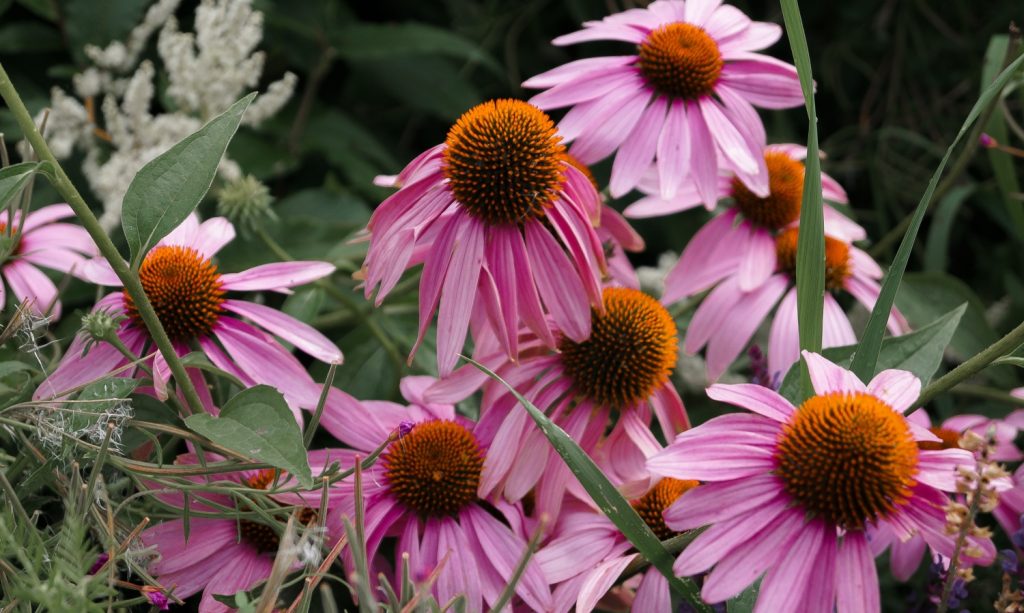
Sweet peppers
Sweet peppers and lemongrass are frequently grown together because they make delicious stir fries. Lemongrass gives sauteed peppers a tangy twist that makes them perfect for everything from eggrolls to fajitas. Not only are these two a hit in the kitchen, but they pair well in the garden, too. Sweet peppers benefit from lemongrass’s ability to repel insects. It’s not uncommon for pepper plants to become infested with aphids and pepper weevils. Growing lemongrass near sweet peppers helps repel these pests, keeping your crop intact.
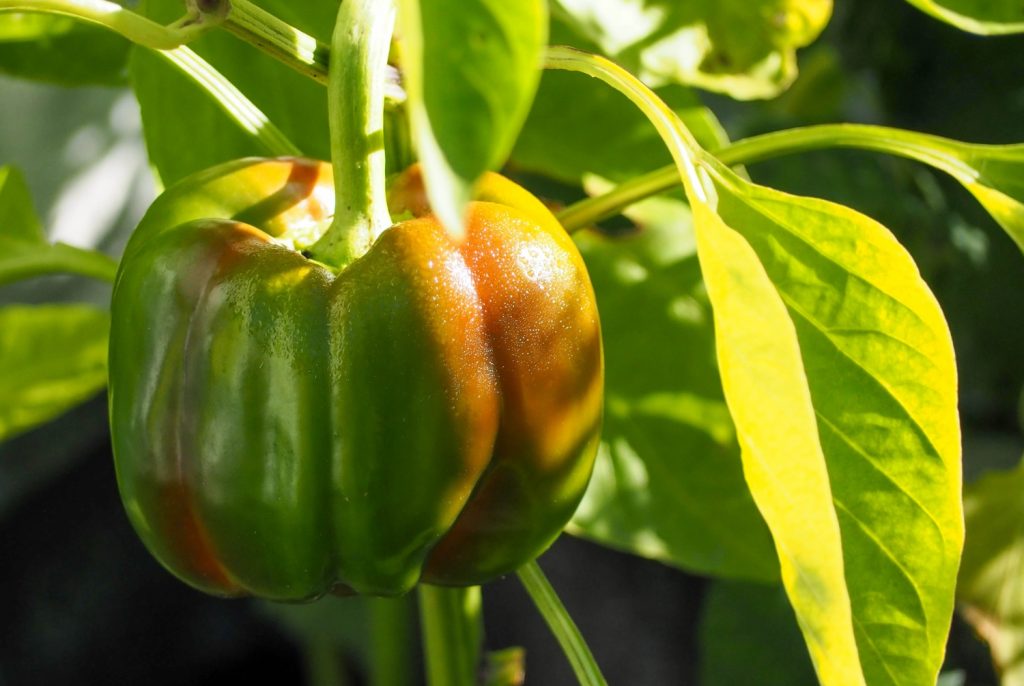
Basil
Another sweetly fragrant herb, basil also enjoys growing in moist soils, whether it’s planted in full or partial sunlight. When basil flowers in the late summer, it can work wonders for the other plants in your garden. Its many nectar-rich flowers attract bees and wasps to your vegetable patch, who work to pollinate the plants in your garden. But sometimes basil falls prey to harmful insects before it gets a chance to bloom. Growing lemongrass as a basil companion plant keeps harmful bugs away, so your basil stays healthy long enough to reach its flowering period.
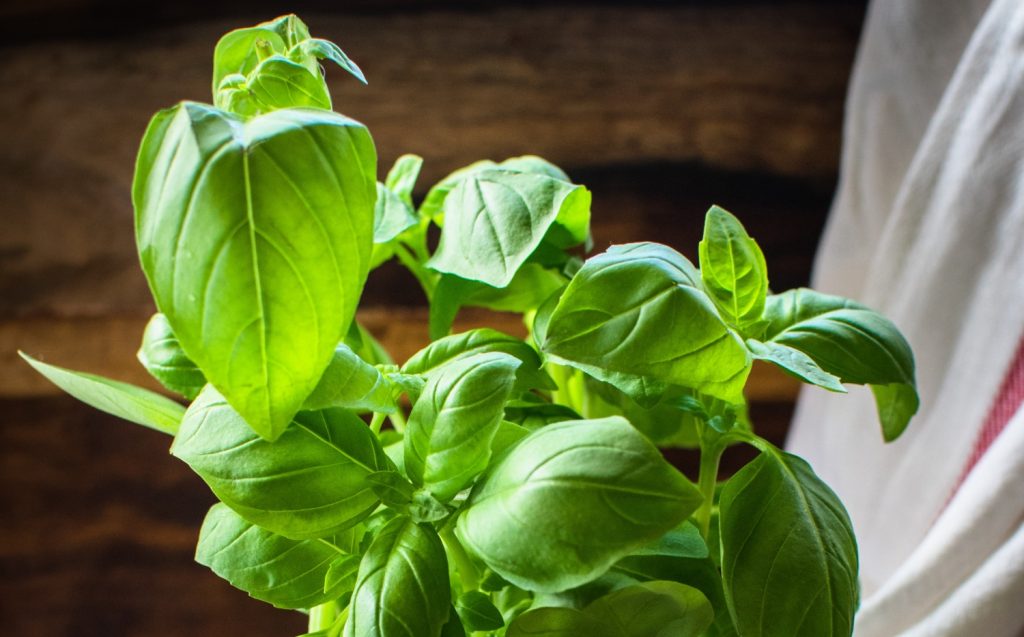
Marigolds
If you’ve tried gardening in the past only to be disappointed when your plants became overrun with harmful insects, growing marigolds and lemongrass may well be your saving grace. Like lemongrass, marigolds are known for having a distinctive smell. Some gardeners might describe it as bad. But it’s the marigold’s putrid stink that makes it so great at keeping harmful bugs at bay. Combined with lemongrass, your marigolds will act as a natural barrier between the plants in your garden and the hungry insects on the outside. Plus, marigolds attract hoverflies and parasitic wasps, which prey on aphids, mites, and other tiny pests.
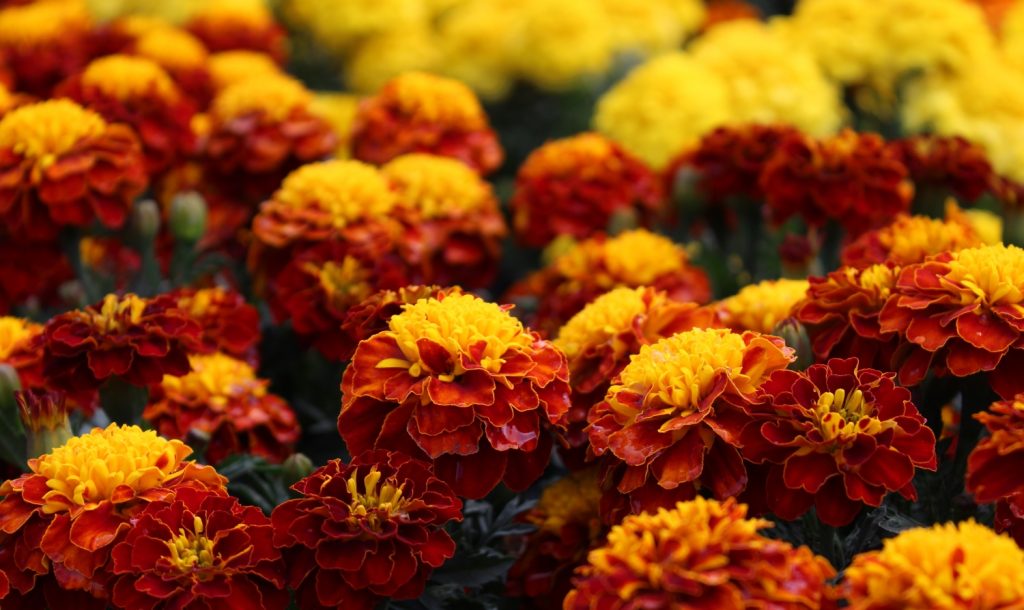
Cilantro
This culinary favorite shares lemongrass’s light and water requirements, so keeping it in the same growing space just makes sense. These two plants enjoy a mutually beneficial relationship — lemongrass helps keep insects off cilantro, and cilantro’s strong smell means it can help ward off insects that may like to eat lemongrass (though those insects are few and far between). Together, cilantro and lemongrass work to repel hungry pests, allowing the fruits in your garden to mature.
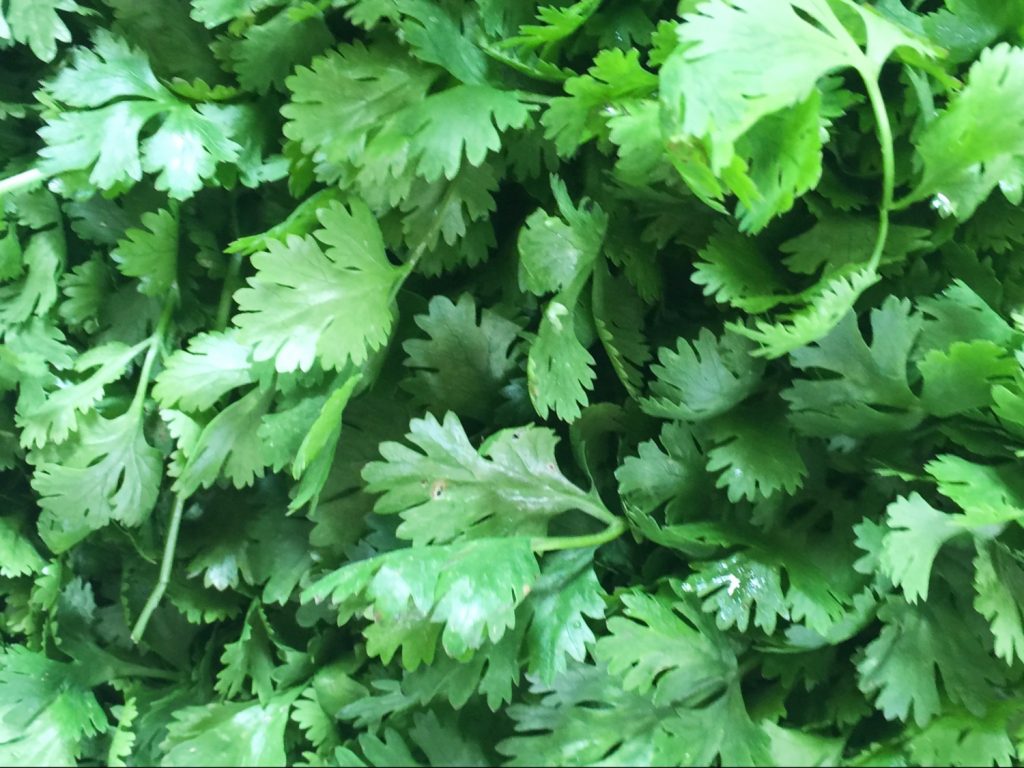
Tomatoes
Tomatoes are generally hardy plants. They prefer acidic soils, like those amended with used coffee grounds or manure. But even though these veggies are pretty self-sufficient, they can still benefit from companion plants. For best results, grow lemongrass and basil near your tomato plants. Basil sweetens tomato fruits and its flowers help attract pollinators while lemongrass helps to keep damaging insects away.
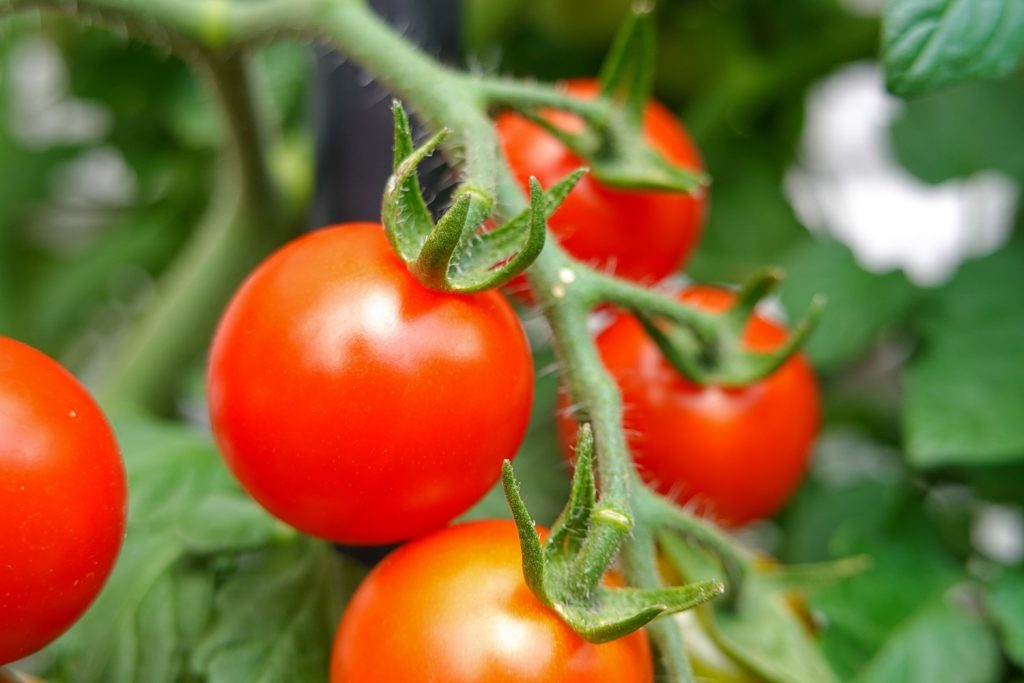
Lemon verbena
Lemongrass can be a miracle worker in a garden that has previously been riddled with pests. But this uniquely-scented herb can also be used to add fragrance to flower beds and window boxes. Try growing your lemongrass with lemon verbena. Their fruity scents pair well with many flowers, including roses, ginger lilies, daylilies, and pansies. Because both of these lemony plants share the same growing requirements, you can keep them together in decorative pots. Try arranging them on both sides of an exterior door to help repel mosquitoes and prevent flies from making their way into your home.
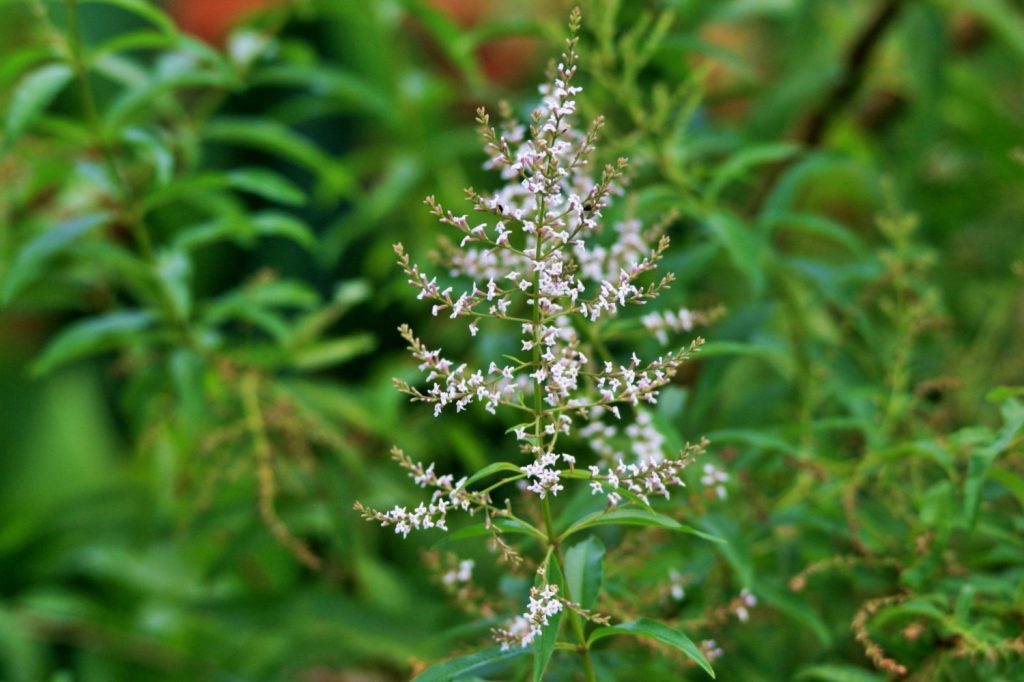
Ginger
In addition to seasoning Asian dishes and baked goods, ginger has many health benefits that make it a popular home remedy. It’s especially effective at treating digestive issues including bloating, nausea, and acid reflux. Unfortunately, ginger can be susceptible to many insects, including aphids, mites, and thrips. Growing lemongrass with your ginger crop helps protect the plants from pests so you can harvest the roots, instead of having to toss them in the compost bin at the end of the growing season.
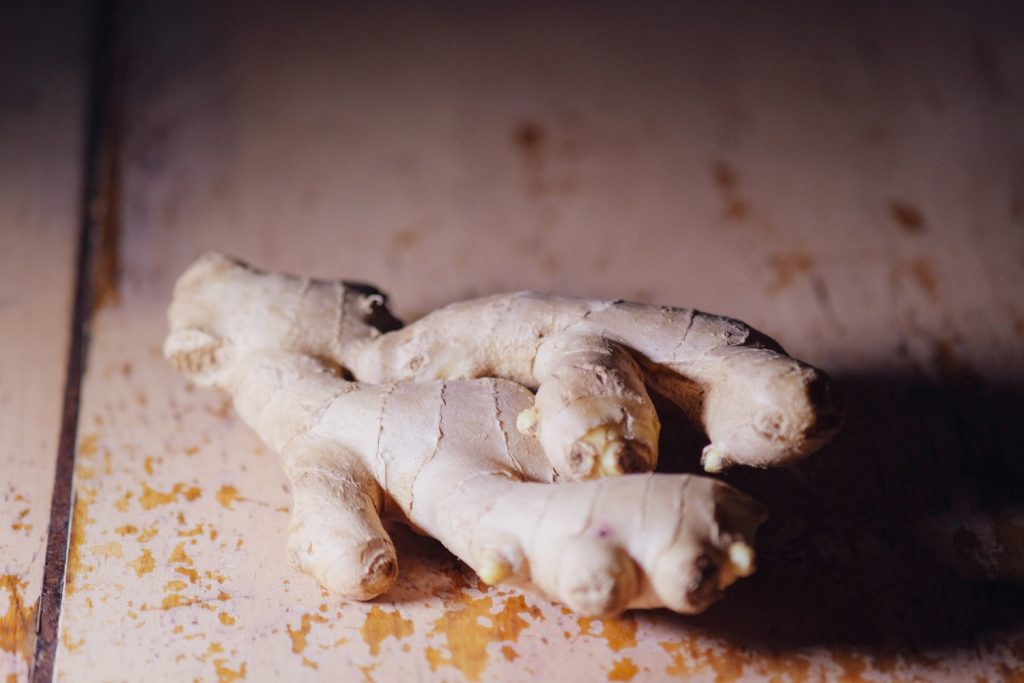
4 Plants that you should avoid growing with lemongrass
All in all, lemongrass is an easygoing plant that gets along well with most of the other herbs and veggies in the garden. But there are a few plants that won’t grow well when planted with lemongrass. So, when planning your garden for the season, be sure to keep the following plants away from your lemongrass.
Lavender
This extremely drought-tolerant shrub grows best in sandy soils that can dry out completely in between waterings. Giving your lavender too much water quickly results in root rot, a disease that will likely kill the plant. Pretty as they are and fragrant as they may be, lavender plants just don’t grow well next to lemongrass because the latter requires more water than the former can tolerate.
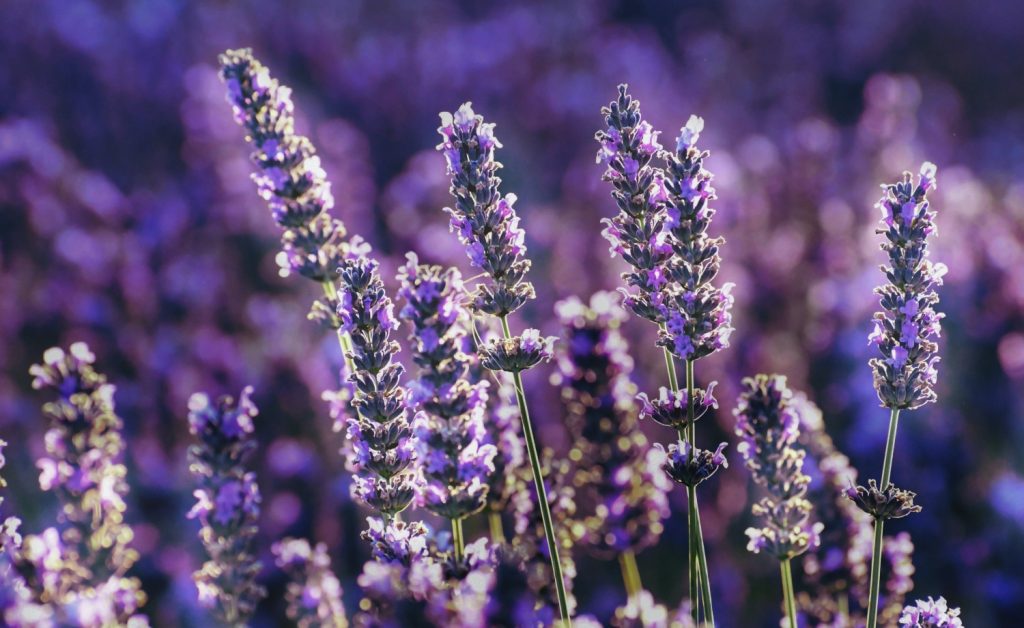
Thyme
A rookie mistake that new gardeners sometimes make is thinking that because herbs are herbs, they can all be grown in the same place. Wrong. Thyme and lemongrass may both be herbs, but their growing requirements are too different for them to grow well together. Like lavender, thyme needs to be planted in soil that drains well. Growing your thyme cuttings in overly wet soils stunts growth, and over time, it may kill the plants altogether.
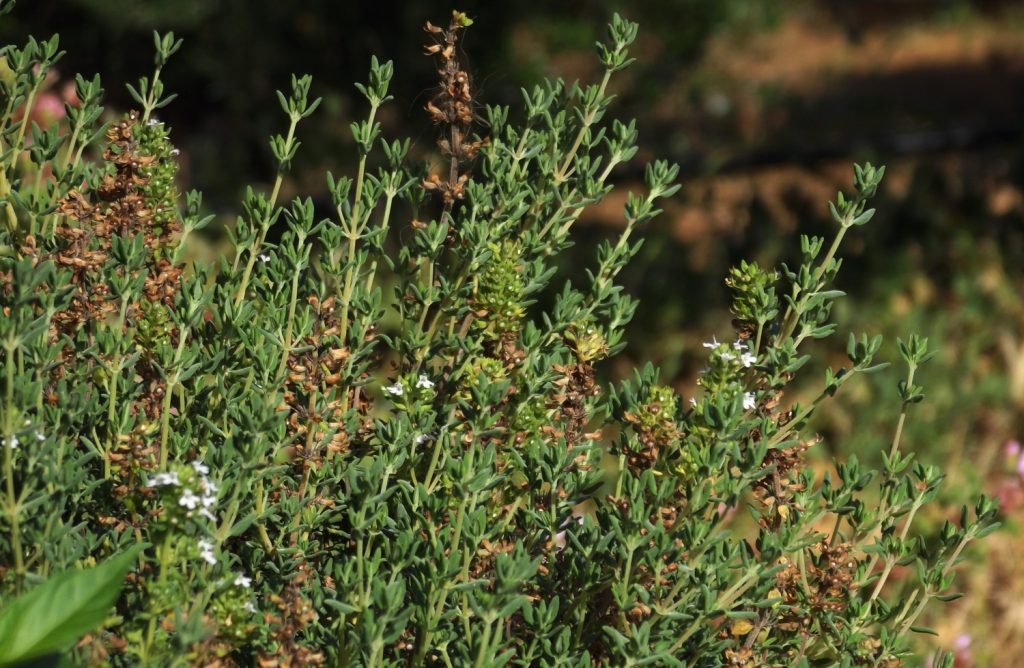
Sage
In pots, or perhaps on separate sides of a large flower bed, sage and lemongrass might be able to get along. After all, these two herbs share light requirements and can thrive when planted in full sun. But because sage prefers dry soil over a moist growing medium, this plant will suffer when grown too close to lemongrass. So if you want to plant sage and lemongrass in your herb garden, be sure to keep them far apart.
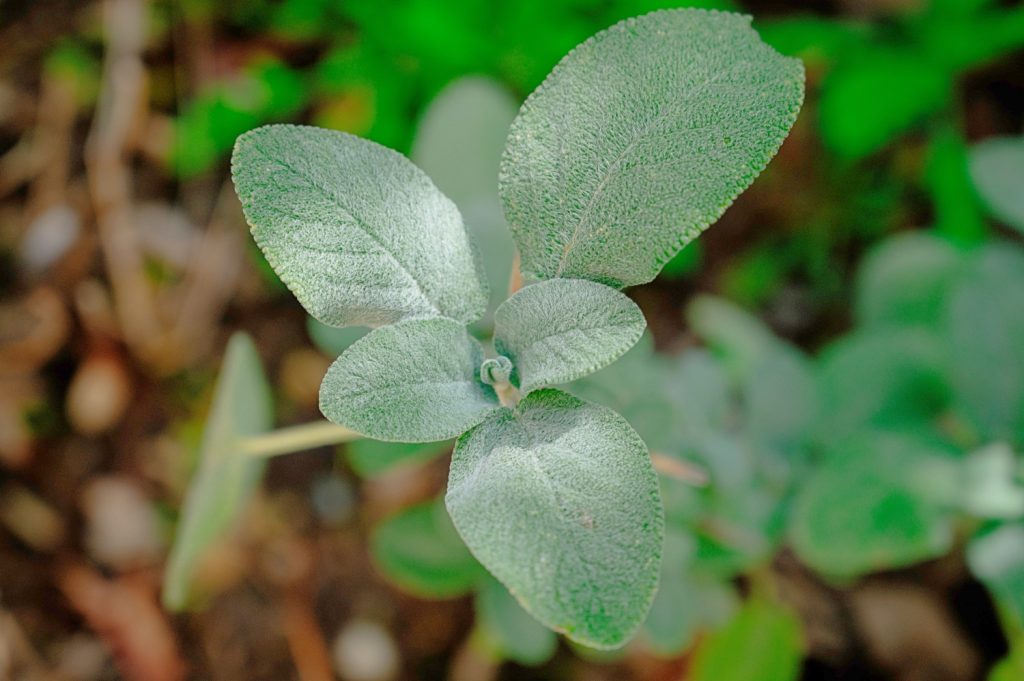
Rosemary
Rosemary is a fantastic addition to any garden because it’s low-maintenance, it’s popular with pollinators (especially bees), and its pungent foliage repels damaging insects. But, like lavender, thyme, and sage, rosemary prefers to grow in soil that dries out thoroughly. While rosemary is perhaps the most tolerant of overwatering of these four plants, lemongrass’s water requirements are still too high for rosemary to grow comfortably next to it.
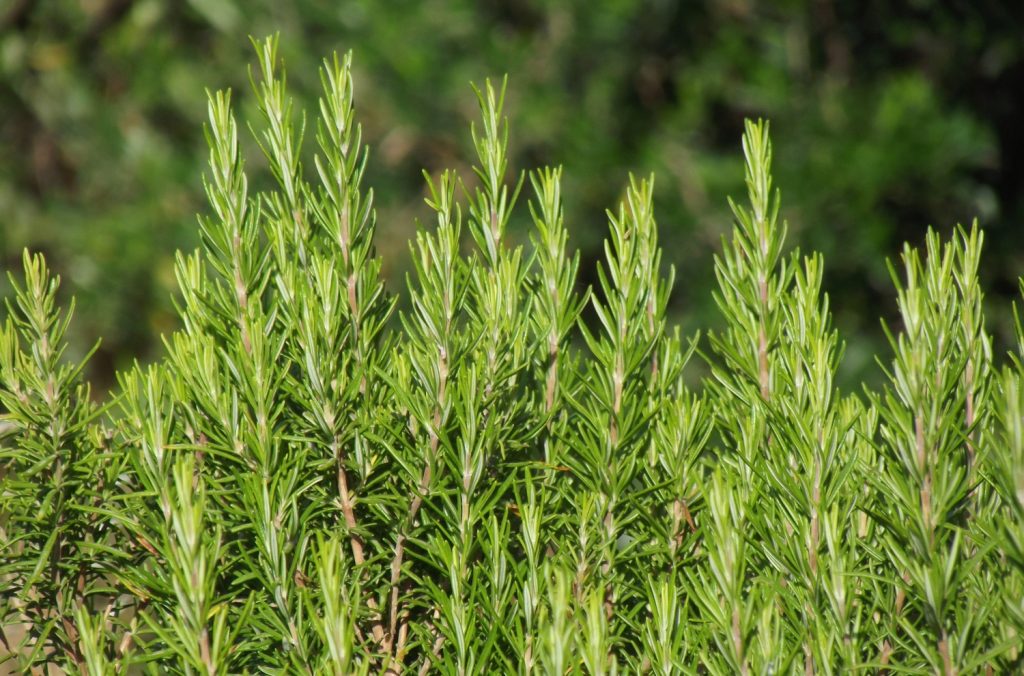
Is companion planting worth the time and effort?
Companion planting takes careful planning, not to mention extra labor in the garden. For instance, if you only planned on growing only tomatoes, you might think it would be a waste of time to bother with planting lemongrass, too. But keeping the right companion plants together helps support healthy crop development by repelling the wrong bugs while simultaneously attracting the good ones.
Your lemongrass will grow well if you tend to its needs, regardless of whether or not it is kept with the companion plants mentioned here. But if you want to keep your basil, cilantro, ginger, and sweet peppers healthy, lemongrass can help you do just that.
